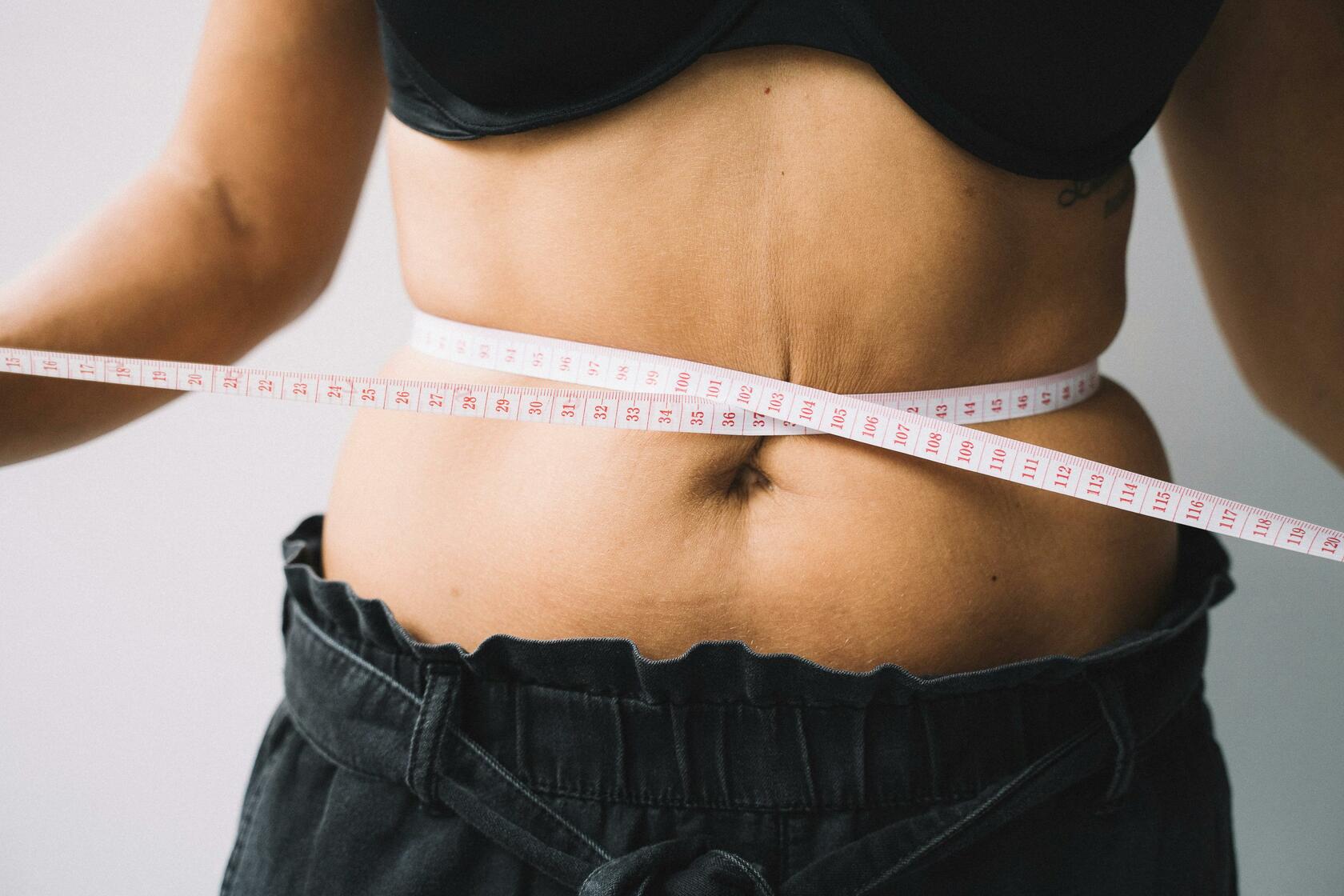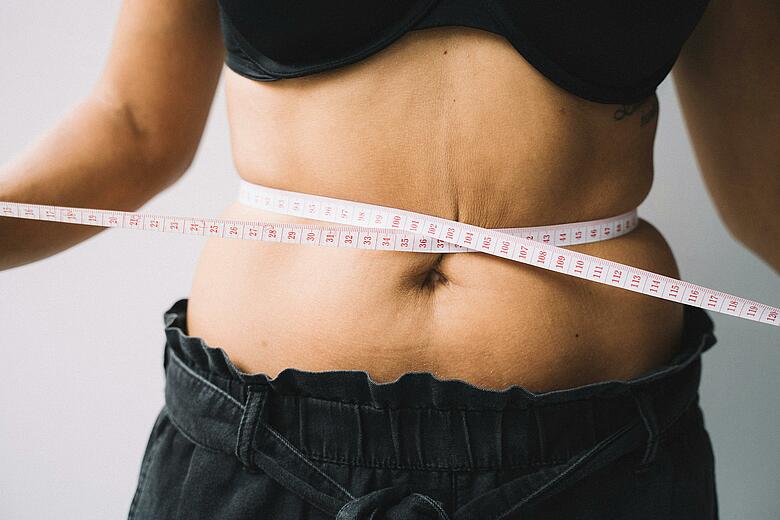The obvious way to measure progress when it comes to weight loss or weight gain is the scales. It's also the quickest. However, it doesn’t tell you the whole story and can vary day to day and week to week for a lot of reasons. While it can be a good indicator as to the general direction you are heading, there are some other forms of measurement we recommend you use to get the whole picture. Let’s go through them and the benefits.
1. Progress photos
Photos are arguably the best way to measure your progress and all of our clients who haven’t taken a starting photo regret not doing so later. And the reason is that you can’t see your shape change happening every second of the day. It’s a long process that you’re seeing and so the change doesn’t feel as dramatic. But if you have a starting photo to compare to, you will see the visible proof of your progress. After all, most of us start working on our physique to see changes in the mirror, we don’t walk around with our weight on our forehead.
2. Body measurements
Measuring the key areas, you want to see changes in is a great way to see if the exercises you are doing are yielding the results. Because after all, your body will burn fat from wherever it wants, the weight training is what creates your shape. Doing these every few months is best practice.
3. Clothing
This is one of the best ways to see how much progress you have made outside of scales. Sometimes the weight change isn’t dramatic but can yield a significant drop in clothing size and even how it fits. If you notice that your jeans are fitting you better in the right places, but your weight hasn’t dramatically moved that is still a great sign of progress and should go hand in hand with the progress photos.
4. Health Scans
There are quite a few of these machines available now in gyms and even some supplement stores and can give you a good idea as to what real changes are happening. For example, let’s say you lose 3kgs in 2 months but want to lose 5. Sounds disappointing at first, but a scan may show you have gained some muscle, so you may have dropped more than 3kgs of fat. As you get further along a weight loss plan, it becomes more and more important that you do not lose muscle, and these scans can show you if you need to slow down so that you can keep burning body fat and not lose muscle, which is great for long term success.
5. Strength/fitness goals
Having a performance target is good to have alongside a weight goal. It gives your training a specific focus and accountability. Seeing improvements in how far you can run, swim, or even how much weight you can lift is motivating and gives you little wins along the way rather than always focusing on a weight goal that could be in the distance.
If you're measuring progress with scales now, we highly recommend implementing one or more of these to ensure you are getting the full picture and prove that you are still making progress despite any blips that may happen on the way.

